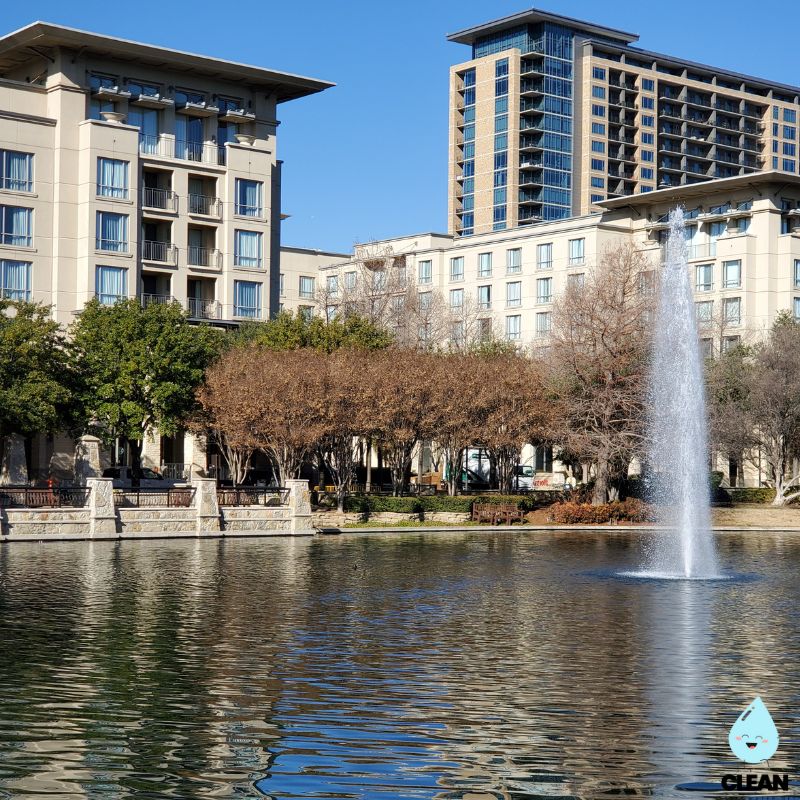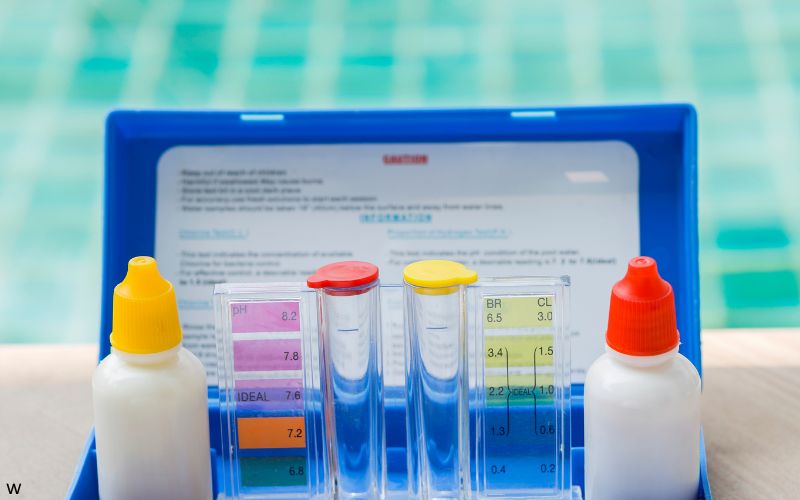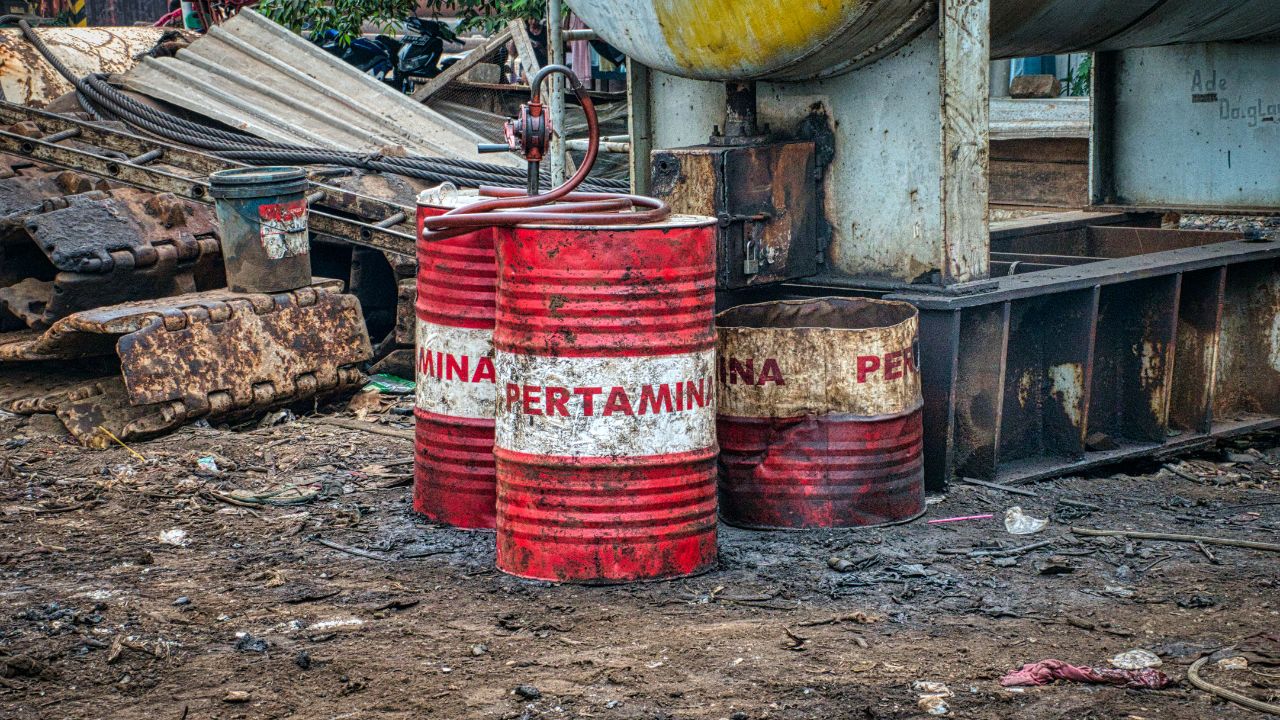Plano Water Quality at a Glance
moderate concerns
Is Plano Water Safe to Drink?
Generally Safe but Room for Improvement – Plano water meets federal standards and is sourced from multiple lakes via the North Texas Municipal Water District. However, concerns include chromium-6 at 120 ppt (6x higher than cancer-risk levels), chloramine disinfection causing taste issues at 3.05 ppm, disinfection byproducts (DBPs), and detectable levels of arsenic and atrazine. The city serves 290,000 residents with purchased surface water from lakes including Lavon Lake, Lake Texoma, and others.
⚠️ Key Concerns for Plano Residents
- Chromium-6 (Hexavalent Chromium): Detected at 120 parts per trillion, nearly 6 times higher than levels with negligible cancer risk (20 ppt)
- Chloramine Disinfection: High levels at 3.05 ppm cause unpleasant taste and odor; unlike chlorine, won’t dissipate overnight
- Disinfection Byproducts (DBPs): TTHMs + HAAs at 62.1 ppb maximum; linked to increased bladder cancer and organ damage risks
- Agricultural Contaminants: Atrazine herbicide detected from surface water sources; acts as endocrine disruptor
- Heavy Metals: Arsenic and lead detected; 90th percentile lead level at 3 ppb exceeds pediatric recommendations
Read the full report below for detailed analysis, city-specific data, and actionable recommendations for Plano residents.
Plano – Texas – Water Quality Report 2025: PFAS Testing, Infrastructure Concerns & Safety across your city
Plano Water provides comprehensive water services to approximately 290,000 residents across the city of Plano and surrounding areas. The City of Plano purchases surface water from the North Texas Municipal Water District (NTMWD), which serves more than 1.7 million people throughout communities in 10 counties. The system encompasses approximately 1,500 miles of water distribution lines, numerous pumping stations, and benefits from advanced treatment facilities that deliver an average of 65 million gallons of drinking water daily to this thriving Dallas suburb and economic hub.
Plano sources its drinking water primarily from Lavon Lake, which is treated at the Wylie Water Treatment Plant. In addition to Lavon Lake, NTMWD also obtains raw water from Lake Texoma on the Texas-Oklahoma border, the East Fork Water Reuse Project along the East Fork of the Trinity River, Jim Chapman Lake on the South Sulphur River, and Lake Tawakoni on the Sabine River. Plano’s water consistently meets all federal and state quality standards, though the growing metropolitan area faces ongoing challenges with water conservation, emerging contaminants including chromium-6 and disinfection byproducts, and infrastructure modernization. The utility has implemented significant investments in water treatment technology, conservation initiatives, and watershed protection to ensure sustainable water supply for future generations.

Plano Water Quality: Current Status (2024-2025)
Latest Testing Results
- Regulatory Compliance: Plano Water consistently meets or exceeds all federal and state drinking water standards as monitored by the Environmental Protection Agency (EPA) and Texas Commission on Environmental Quality (TCEQ).
- Testing Scope: The NTMWD and City of Plano conduct thousands of water quality tests annually across the system, including comprehensive monitoring at treatment facilities and throughout the distribution network.
- PFAS Monitoring: With the EPA’s new 2024 regulations on PFAS (per- and polyfluoroalkyl substances), Plano is actively monitoring these emerging contaminants and coordinating with NTMWD to ensure compliance with the new standards by 2031.
Water Sources
- Lavon Lake: Primary source located in Collin County, which is treated at the Wylie Water Treatment Plant.
- Multiple Secondary Sources: NTMWD also obtains water from Lake Texoma, East Fork Water Reuse Project, Jim Chapman Lake, and Lake Tawakoni to ensure supply reliability and system redundancy.
- Regional Infrastructure: NTMWD operates six water treatment plants, 576 miles of water transmission pipelines, and 14 pump stations to serve its member cities including Plano.
Advanced Treatment Technology
- Wylie Water Treatment Plant: The primary treatment facility utilizes a multi-barrier approach including coagulation, flocculation, sedimentation, filtration, and disinfection to ensure water quality.
- Disinfection Process: Plano’s water is disinfected with chloramine, which is formed by mixing chlorine and ammonia to provide long-lasting protection against bacteria throughout the distribution system. However, this creates taste and odor issues at average levels of 3.05 ppm.
- Annual Maintenance: NTMWD temporarily switches from chloramine to free chlorine disinfection (typically in March) to maintain system cleanliness and prevent biofilm formation in distribution lines.
Infrastructure Modernization
- Service Line Inventory: The City of Plano has inventoried its 81,000+ water service lines to meet EPA’s Lead and Copper Rule Revisions, confirming minimal lead presence in the system, though 90th percentile lead levels are at 3 ppb, above pediatric recommendations of 1 ppb.
- Distribution System Improvements: Implementation of a comprehensive Asset Management Program to systematically replace aging infrastructure, including water mains and service lines.
- Smart Water Management: Advanced real-time monitoring systems throughout the distribution network to improve water quality management, reduce losses, and enhance overall system reliability.
Customer Protection Initiatives
Plano Water provides extensive customer support through various programs, including water conservation initiatives, educational resources, and transparent communication through regular water quality reports. The utility’s commitment to water quality includes investments in advanced treatment technologies and source water protection. Current concerns include chromium-6 levels at 120 parts per trillion (6 times higher than levels with negligible cancer risk), disinfection byproducts from chloramine treatment, and the presence of agricultural contaminants like atrazine. As part of ongoing efforts to address emerging challenges like PFAS, which have been detected in some North Texas water supplies, Plano is coordinating with NTMWD and monitoring the situation closely. The implementation of EPA’s new regulatory standards for PFAS will be phased in over the coming years, with full compliance required by 2031. Plano remains dedicated to providing safe, reliable drinking water while preparing for future challenges including population growth, climate variability, and emerging contaminants.
Recommendations for Plano Residents

Monitor Your Water
Request water quality information from Plano Water by calling 972-769-4160 or visiting plano.gov/water-quality. If you have concerns about your home’s internal plumbing, especially in homes built before 1986, consider having your water tested for lead.

Follow Watering Guidelines
Adhere to Plano’s watering schedules: odd-numbered addresses may water on Wednesdays and Saturdays; even-numbered addresses on Thursdays and Sundays. Watering is only permitted before 10 AM and after 6 PM to minimize evaporation.

Consider Home Filtration
While Plano’s water meets all standards, homes with older plumbing may benefit from NSF-certified filters (Standard 53) for drinking and cooking water, especially for reducing disinfection byproducts, chloramine taste/odor, and trace contaminants like chromium-6.

Practice Water Conservation
Take advantage of Plano’s Water Conservation Programs, including water-efficient landscaping techniques, indoor fixture upgrades, and smart irrigation technologies. Visit plano.gov/water-conservation for resources and rebate information.

Report Issues
Contact Plano Water Customer Service at 972-769-4160 for water main breaks, pressure problems, or quality concerns. Emergency services are available 24/7. Report leaks promptly to help conserve water and maintain system integrity.
Frequently Asked Questions
Is Plano’s tap water safe to drink?
Yes, Plano’s tap water meets all federal and state drinking water standards. The city’s water comes primarily from Lavon Lake and is treated at the Wylie Water Treatment Plant operated by the North Texas Municipal Water District (NTMWD).
The NTMWD conducts thousands of tests annually to ensure water quality. Treatment processes incorporate multiple barriers against contaminants, ensuring safe drinking water. However, certain contaminants like chromium-6 at 120 ppt (6x higher than cancer-risk levels) and disinfection byproducts remain areas of concern. The utility’s commitment to water quality is demonstrated by its continuous monitoring and transparent reporting through annual water quality reports available to all customers on the City of Plano website.
Why does my water sometimes taste or smell different?
Occasional taste and odor changes can occur due to several factors:
1. Annual disinfection switch: Each spring (typically March), NTMWD temporarily switches from chloramine to free chlorine disinfection, which may cause a more noticeable chlorine smell
2. Chloramine levels: At an average of 3.05 ppm, chloramine causes persistent taste and odor issues that won’t dissipate overnight like chlorine would
3. Seasonal water quality changes: Natural variations in source water can affect taste, especially during heavy rainfall or drought periods
4. Home plumbing: Internal plumbing issues or infrequently used faucets can sometimes cause taste or odor concerns
If taste or odor issues persist, contact Plano Water at 972-769-4160 for assistance. Often, running cold water for a few minutes after periods of non-use can help improve water quality from your tap.
What about contaminants like PFAS and lead in Plano’s water?
Plano Water maintains compliance with all federal and state regulations:
• Lead service lines: Plano has completed an inventory of its 81,000+ service lines in compliance with EPA guidelines and found minimal lead presence in the system, though 90th percentile levels are at 3 ppb, above the 1 ppb level recommended by pediatricians
• PFAS monitoring: With the EPA’s new regulations on PFAS announced in April 2024, Plano is actively monitoring these “forever chemicals” and coordinating with NTMWD to achieve compliance by the 2031 deadline
• Disinfection byproducts: These compounds form when chloramine disinfectants react with natural organic matter in water; Plano maintains levels below EPA limits but continues monitoring
• Chromium-6: Current levels at 120 parts per trillion are 6 times higher than levels with negligible cancer risk, though still below EPA regulatory limits
Homes built before 1986 have a higher likelihood of containing lead solder or components in internal plumbing, which may warrant consideration of NSF-certified filters for drinking water.
What are the water restrictions in Plano?
Plano currently operates under specific watering guidelines to promote conservation:
Watering Schedule (2024):
• Odd-numbered addresses may water on Wednesdays and Saturdays
• Even-numbered addresses may water on Thursdays and Sundays
• No outdoor watering between 10 AM and 6 PM to minimize evaporation
• No watering during rainfall and within 24 hours after measurable precipitation
Drought Response:
During severe drought conditions, Plano may implement additional restrictions including further limits on outdoor watering and restrictions on vehicle washing, pressure washing, and filling of swimming pools.
Current status and restrictions are available at plano.gov/water or by calling 972-769-4160.
Contaminants of Concern

Disinfection Byproducts
Source: Formed when chloramine (Plano’s disinfectant made by mixing chlorine and ammonia) reacts with naturally occurring organic matter in source water; may be more prevalent during warmer months
Health Effects: Long-term exposure to elevated levels may increase risk of bladder cancer and potentially affect liver, kidney, and central nervous system
Current Levels: Monitored regularly throughout the distribution system with levels maintained below EPA maximum contaminant levels of 80 ppb for total trihalomethanes (TTHMs) and 60 ppb for haloacetic acids (HAA5). Recent testing shows maximum levels of 62.1 ppb for combined TTHMs and HAAs.

PFAS Compounds
Source: Per- and polyfluoroalkyl substances originating from industrial processes, firefighting foams, and consumer products that can enter source waters
Health Effects: Research suggests potential concerns including impacts on immune system, thyroid function, cholesterol levels, and possible links to certain cancers
Current Status: The EPA established new drinking water standards for PFAS in April 2024, with public water systems required to begin monitoring by 2027 and achieve compliance by 2031. Plano and NTMWD are currently assessing PFAS levels and developing plans to meet the new regulations if needed.
Quality News About Your Water
Get the comprehensive water quality news coverage you need with our dedicated US Water News Service. From coast to coast, we deliver in-depth reporting and expert analysis on PFAS contamination, EPA regulatory changes, infrastructure developments, and emerging water safety issues affecting communities nationwide. While mainstream media only covers the biggest stories, we provide the detailed, ongoing coverage that helps you understand the full scope of America’s water challenges. Whether you’re a concerned citizen, water professional, or community leader, our daily updates and analytical insights keep you informed about the issues that matter most to public health and environmental safety.
Water Conservation Tips
Indoor Water Conservation
Simple steps to reduce indoor water usage:
• Fix leaky faucets and toilets promptly – a dripping faucet can waste up to 3,000 gallons per year
• Install water-efficient fixtures – look for WaterSense labeled products
• Run dishwashers and washing machines only when full
• Take shorter showers – aim for 5 minutes or less
• Turn off water while brushing teeth or shaving
• Consider upgrading to high-efficiency appliances when replacing older models
Outdoor Water Conservation
Efficient outdoor water use practices:
• Follow Plano’s watering schedule and restrictions
• Water deeply but infrequently to encourage deeper root growth
• Use drip irrigation for plants and gardens
• Install rain sensors on irrigation systems
• Consider native and drought-tolerant landscaping (xeriscaping)
• Use mulch around plants to retain moisture and reduce evaporation
• Use a broom instead of a hose to clean driveways and sidewalks
Please read – our information
The information presented on cleanairandwater.net is compiled from official water quality reports, trusted news sources, government websites, and public health resources. While we strive for accuracy and thoroughness in our presentations, we are not scientists, engineers, or qualified water quality professionals.
Our mission is to present water quality information in an accessible, real-world format that helps people understand what’s in their water and make informed decisions about their health and safety. We believe that complex environmental information should be available to everyone in a format that’s easy to understand.
We make every effort to ensure our content is current and accurate, but we cannot guarantee that all information is complete or error-free. This website should not replace official communications from your local water utility or health department. We always recommend consulting official sources for the most up-to-date information regarding your specific water system.
Clean Air and Water is not liable for any unintentional errors, omissions, or outdated information. The content on this site is provided for informational purposes only and should not be considered professional advice.


